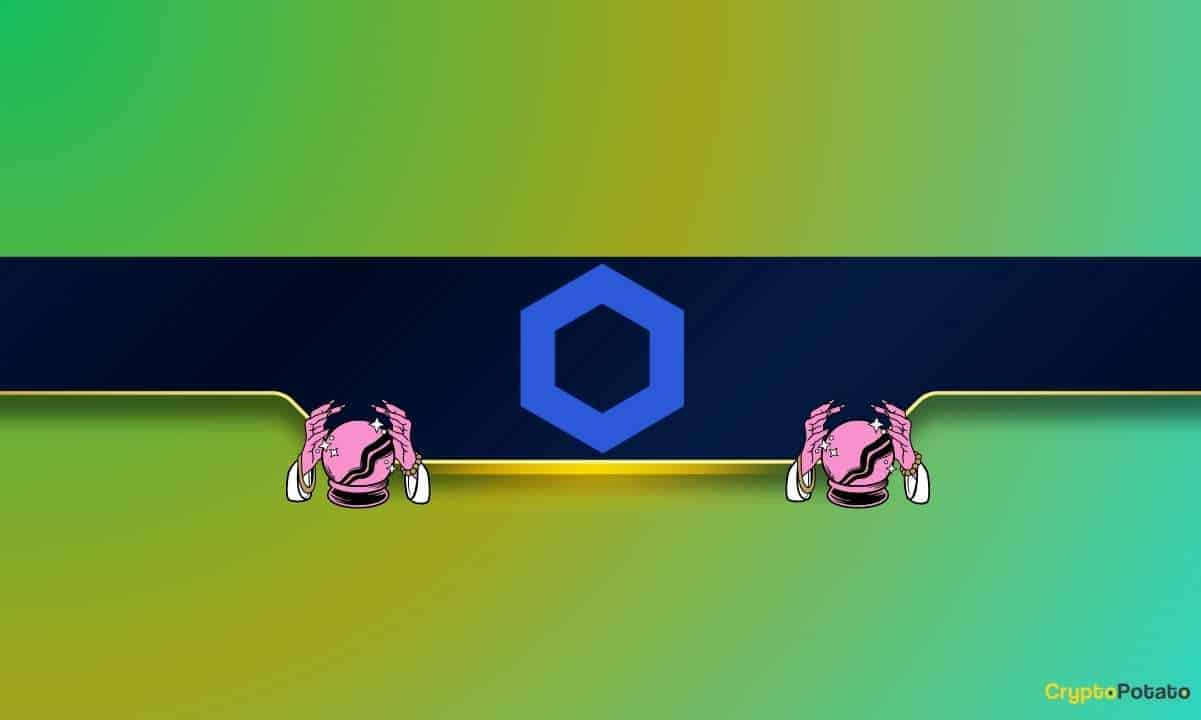The sixth strongest earthquake ever recorded struck Russia’s far east Kamchatka Peninsula on July 29 and has seemingly triggered a string of nearby volcanoes.
According to the United States Geological Survey, it’s not uncommon for large earthquakes to cause volcanic activity, though volcanoes will only erupt if they were already close to erupting on their own. Depending on its magnitude, the earthquake must also occur within a certain distance from the volcano.
Klyuchevskaya, one of the highest volcanoes in the world, was the first to blow on July 30. It had already shown signs of activity before the magnitude 8.8 earthquake, which possibly strengthened the eruption but didn’t outright cause it, according to experts cited by Live Science.
“A descent of burning hot lava is observed on the western slope. Powerful glow above the volcano, explosions,” the Russian Academy of Sciences’ United Geophysical Service said in a statement posted on Telegram, as reported by Reuters.
More volcanoes soon followed suit. According to the Institute of Volcanology and Seismology of the Far Eastern Branch of the Russian Academy of Sciences, this is the first time in nearly three centuries that seven volcanoes in the region have erupted at the same time, according to ABC News.
It does appear, however, that experts disagree on the extent to which the earthquake directly caused the eruptions. “We attribute the eruptions to the earthquake, which activated the magmatic foci and provided them with additional energy,” Alexey Ozerov, a corresponding member of the Russian Academy of Sciences and director of the Institute of Volcanology and Seismology, told the state-affiliated outlet TASS, according to ABC News.
The most notable of the seven volcanoes to erupt is Krasheninnikov. On Sunday, Krasheninnikov shot an ash plume up to 3.7 miles (6 kilometers) into the air, according to the BBC. It was the first time experts had registered its eruption since the 15th century.
“The timing is either a very strong coincidence or its magma system was perturbed by strong seismic waves and triggered the eruption,” Harold Tobin, a seismologist at the University of Washington, told Live Science. “It’s very hard to determine which is true for a single given eruption.”
Shortly after Krasheninnikov’s eruption, another earthquake rocked Russia. At a magnitude of 7.0, it may have also been related to the original seismic event of July 30.
Russia’s Kamchatka Peninsula and the erupting volcanoes sit smack dab in the middle of the Pacific Ring of Fire—the roughly ring-shaped region where the Pacific Plate presses against its neighboring tectonic plates. It’s the most seismic and volcanically active area in the world.
The ambiguity of the relationship between the Russian earthquake and the recent volcanic eruptions highlights the fact that we still have a long way to go to fully understanding what takes place beneath Earth’s surface.









 English (US) ·
English (US) ·